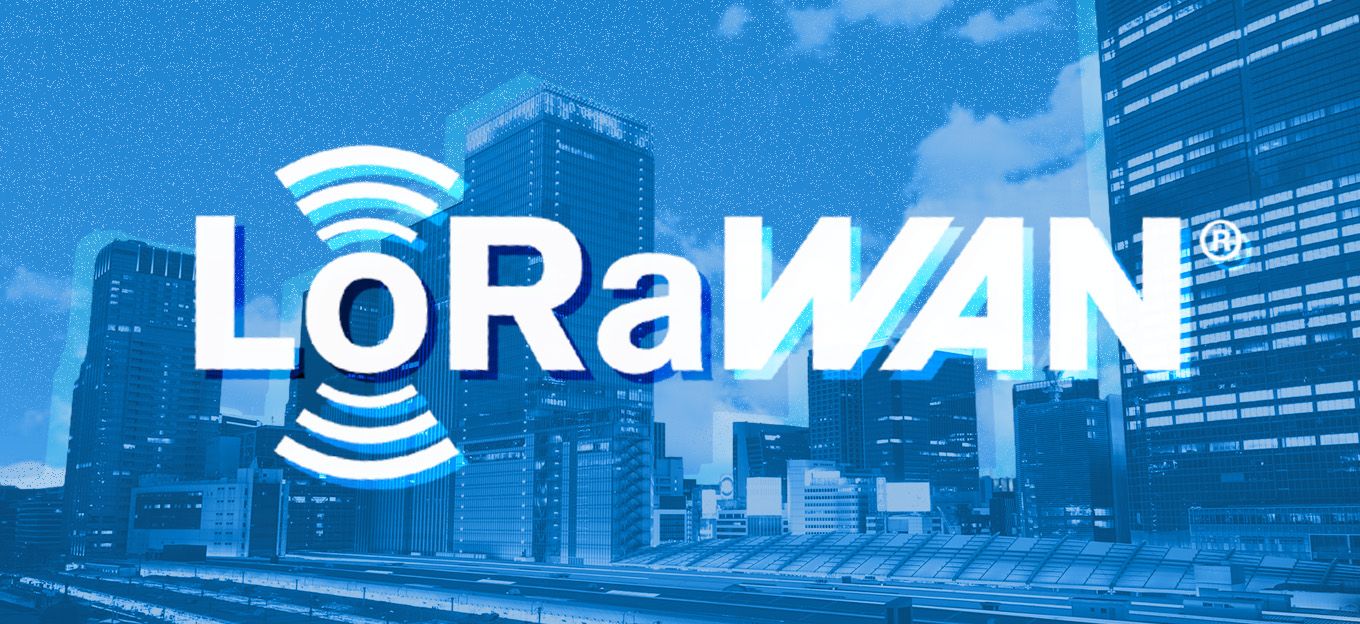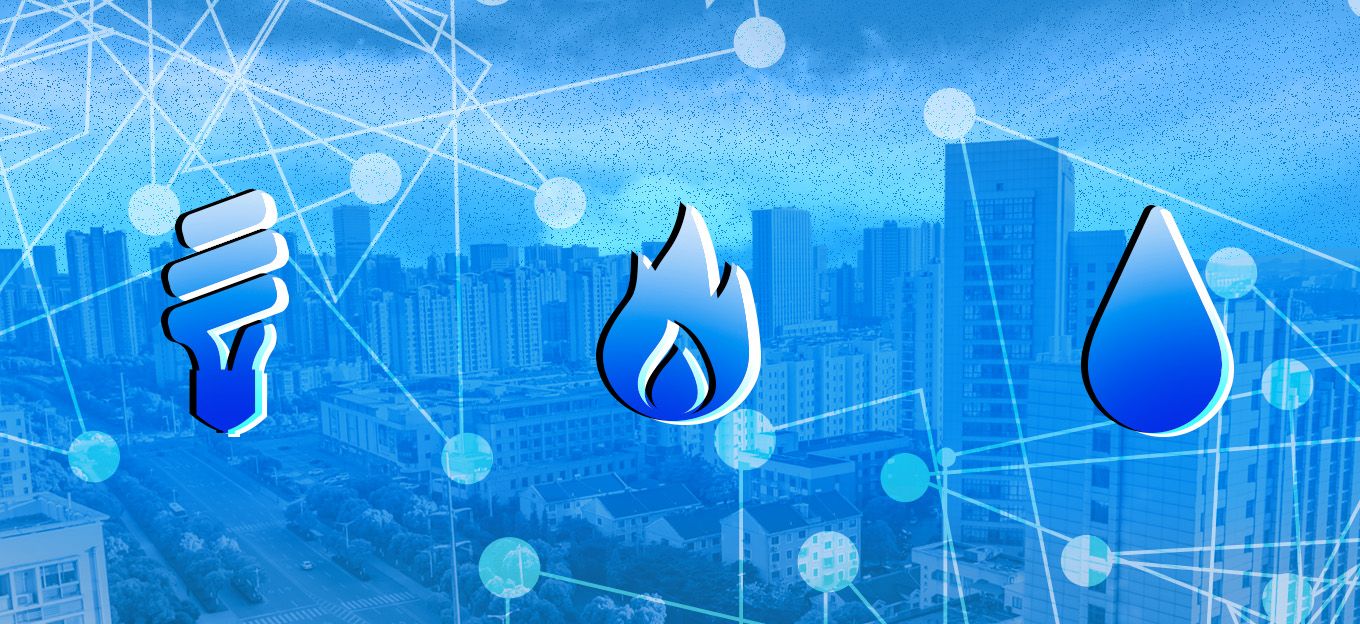Smart Cities Are Getting Smarter—Quietly Racing Against Urban and Climate Challenges
Smart Cities Are Getting Smarter—Quietly Racing Against Urban and Climate Challenges
- Last Updated: November 26, 2025
LoRa Alliance
- Last Updated: November 26, 2025



The momentum behind smart city initiatives is undeniable. This year's Smart City Expo World Congress in Barcelona doubled in size and mirrored trends at major shows like CES, which now dedicates entire areas to smart city innovation. Beyond the growing exhibition floors and enthusiastic crowds, something more significant is happening: cities worldwide are quietly getting smarter, deploying real solutions to address mounting urban pressures and climate challenges.
At the heart of many of these success stories? LoRaWAN connectivity and the global ecosystem of LoRa Alliance members making it possible.
A Global Network of Smart City Innovation
Under the LoRa Alliance pavilion and across the show floor, member companies—inBiot, IoTech, Kerlink, Kudzu Technologies, Micomico AG, Thermokon, X-LOGIC and ZENNER—showcased deployments that have already lit up more than 100 cities worldwide with LoRaWAN connectivity. These aren't pilot projects or proof-of-concepts—they're operational networks solving real problems for municipalities of all sizes.
The use cases enabled by Alliance members represent the most comprehensive portfolio available from any single wireless communication technology:
- Urban infrastructure: Smart parking, intelligent street lighting, waste management optimization
- Public safety: Emergency communication systems, contact sensors, motion detectors, and asset trackers
- Environmental monitoring: Air quality sensors, soil moisture tracking, temperature monitoring, flood detection, and water level management
- Resource management: Water leak detection, water usage monitoring for parks and gardens, manhole monitoring
- Climate response: Road icing detection, snow level tracking
Beyond urban applications, conversations at the pavilion even extended to wildlife tracking and remote environmental monitoring—demonstrating LoRaWAN's versatility across diverse scenarios.
Why LoRaWAN Delivers the Widest Application Portfolio
This breadth of applications isn't coincidental. LoRaWAN's low-cost, long-range capabilities enable use cases that simply weren't economically feasible before. The technology's dual advantages—minimal infrastructure costs and operation without requiring radio licenses—have opened the door to applications that other connectivity solutions struggle to support cost-effectively.
While multiple wireless technologies were presented at the event—including NB-IoT, LTE-M, WiSUN, and proprietary solutions—a critical distinction emerged. Some use cases currently rely on dedicated, single-purpose networks. Street lighting deployments using WiSUN, for example, create infrastructure that serves just one application.
The market is beginning to recognize what LoRaWAN deployments have proven: multi-application networks deliver dramatically better return on investment. Build the network once, then deploy any massive IoT application on that same infrastructure. This approach fundamentally changes the economics of smart city initiatives.
Convergence Creates New Opportunities
Another noteworthy trend emerged at the event: the growing adjacency and physical overlap of smart city, smart building, and utility networks. Many LoRa Alliance members already provide solutions across this mix of verticals, and we're seeing the early stages of network collaboration and roaming arrangements between these complementary deployments.
This convergence makes practical and economic sense. A city's LoRaWAN network doesn't exist in isolation from the buildings within its boundaries or the utilities serving its residents. As these networks begin working together, the value proposition for all stakeholders strengthens.
AI Amplifies LoRaWAN's Capabilities
Artificial intelligence made its presence felt throughout the show, with LoRa Alliance members demonstrating how AI enhances LoRaWAN deployments in two distinct ways. One member showcased AI-powered network management systems that detect anomalies and optimize performance. Another demonstrated AI running directly on sensors—processing vibration patterns and video images at the edge, then sending only relevant event notifications such as equipment malfunction alerts or people counting data.
These AI integrations represent the next evolution in smart city capabilities, enabling more sophisticated analysis while maintaining LoRaWAN's core advantages of low power consumption and efficient bandwidth usage.
Looking Ahead
The doubling of this year's event signals that smart cities have moved from aspiration to active implementation. Cities aren't waiting for perfect conditions—they're deploying solutions now to address urgent challenges.
LoRa Alliance members are at the forefront of this transformation, providing the connectivity infrastructure and IoT solutions that make smart city initiatives economically viable and technically robust. With 100+ cities already deployed and success stories multiplying, the message is clear: when cities choose LoRaWAN and partner with Alliance members, they're choosing proven technology backed by a global ecosystem of innovation.
We'll return to next year's event with even more exhibiting members and multiplied success stories to share. The future of smart cities is being built today—one LoRaWAN deployment at a time.
The Most Comprehensive IoT Newsletter for Enterprises
Showcasing the highest-quality content, resources, news, and insights from the world of the Internet of Things. Subscribe to remain informed and up-to-date.
New Podcast Episode

What is Hybrid Connectivity for IoT?
Related Articles

